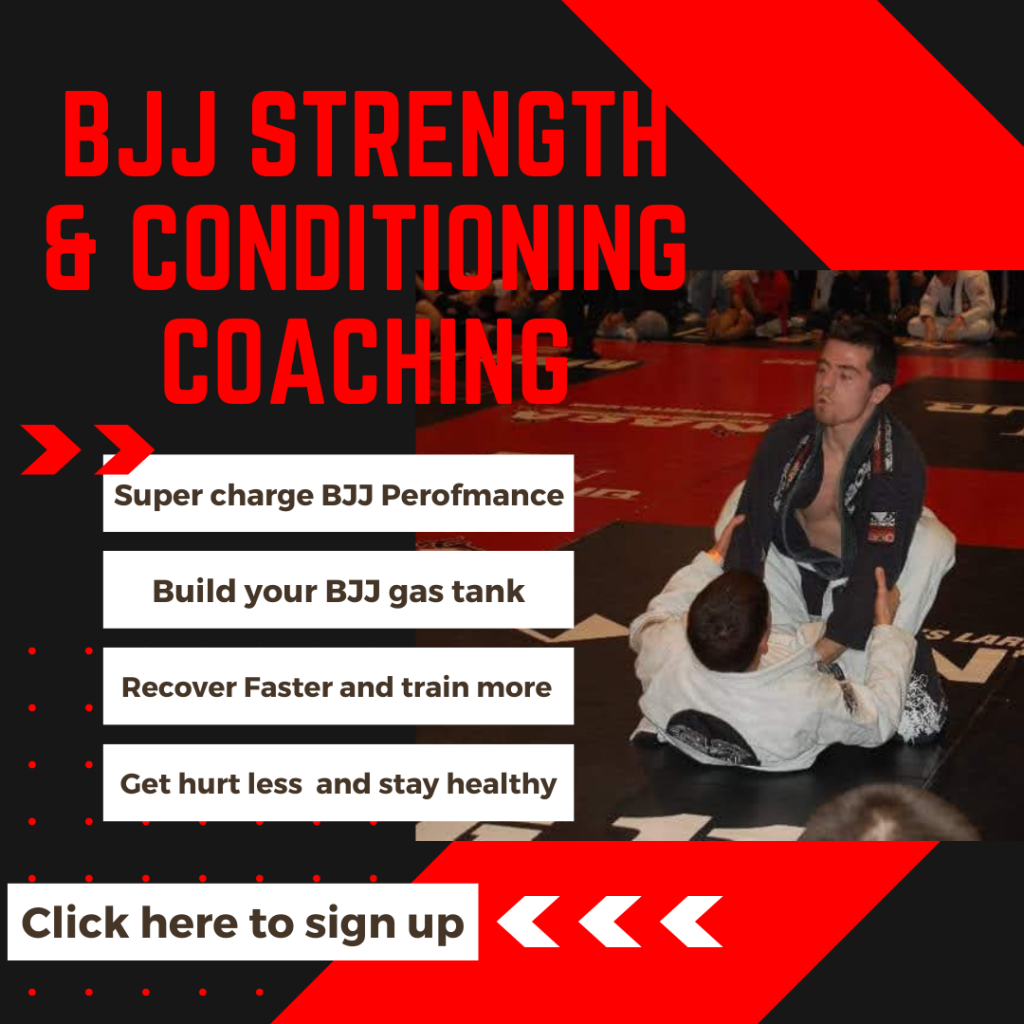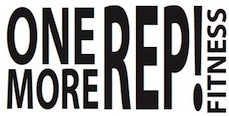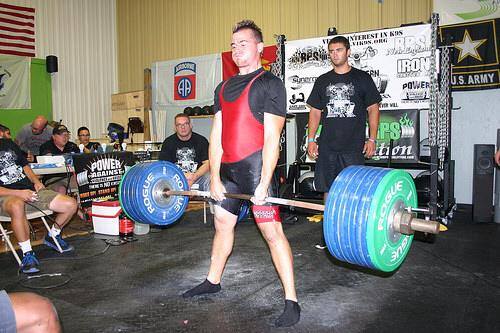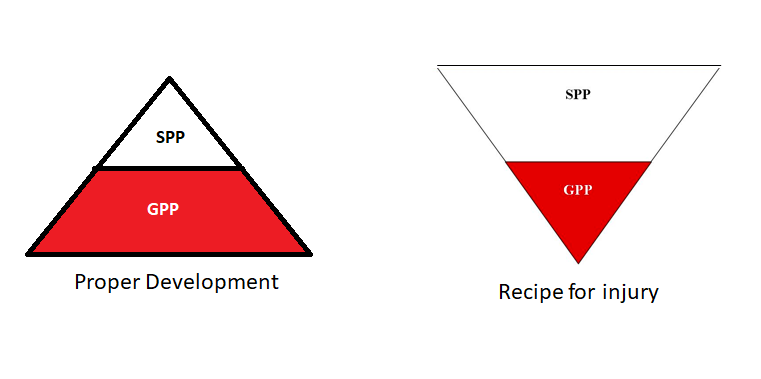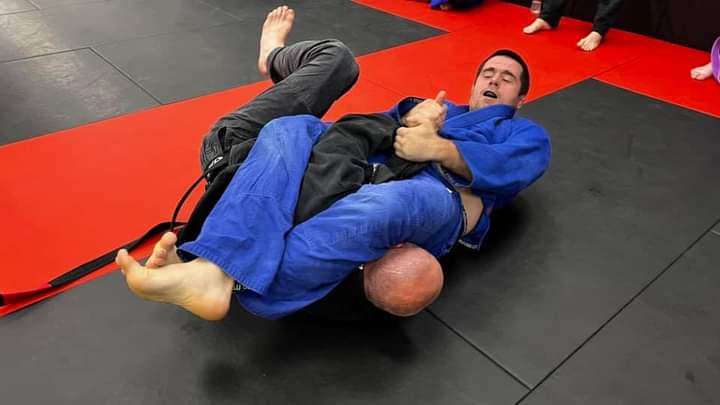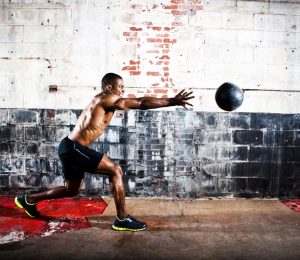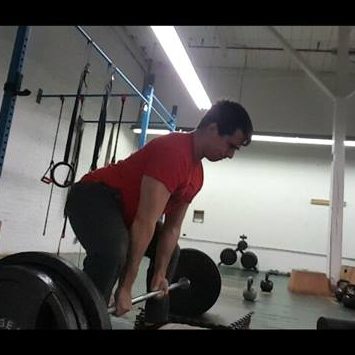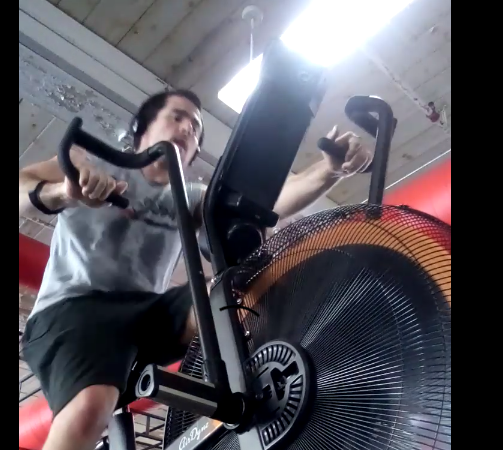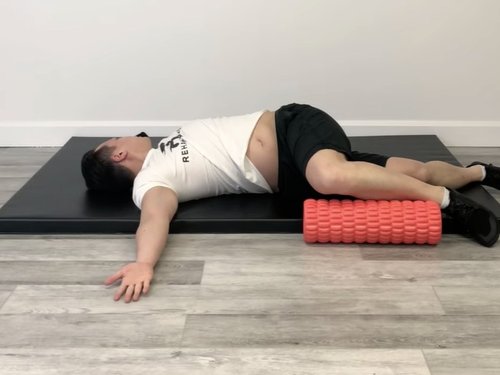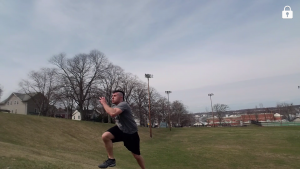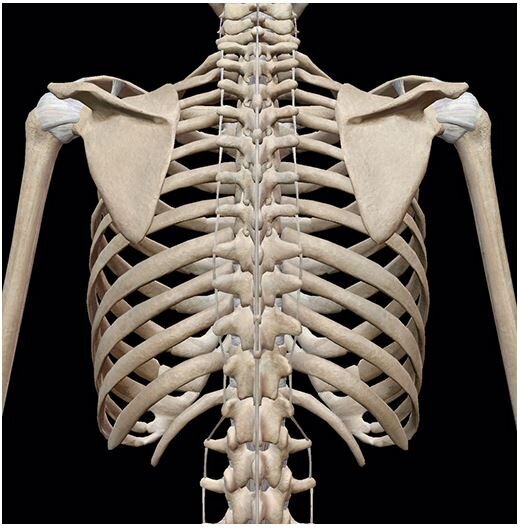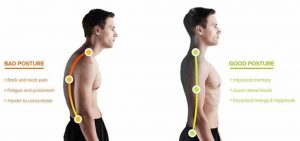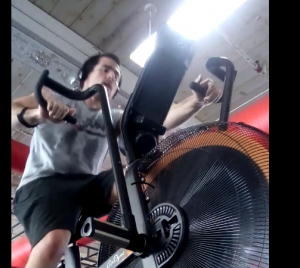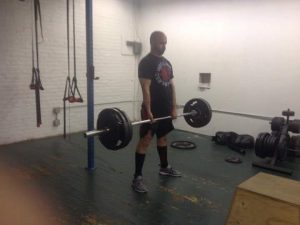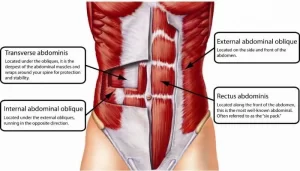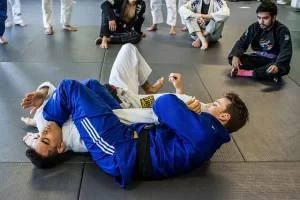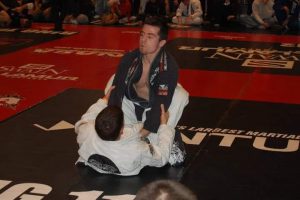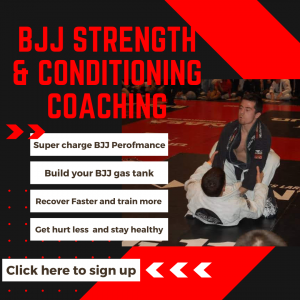December 11, 2023
Weight Loss & Muscle Building Meal Plan
Hi ! Bobby here.. Today I’m going to go over the idea of a Weight Loss & Muscle Building Meal Plan
I’ve been a trainer for 15 years but into fitness for 20 years.
In this time diet and nutrition have gone through fad after fad.
- Paleo
- Keto
- Low carbs
- Low fat
- Fasting
- Carnivore
I’m not trying to crap on these because they do work. But, they are also can be incredibly restrictive for some.
Now if you are cool with that, good for you.
But, if you want a more balanced lifestyle and don’t want to give up carbs or some of your favorite foods.
Then this article is for you.
I’ve done a handful of these things, and they worked. But, they are hard to do when life is stressful and crazy.
For most people, that is an all-the-time occurrence.
I have 3 things, I strive to do all the time.
The great thing about these things is they work in the frame work of most diets I, talked about earlier.
But, they also don’t have to.
It is simple enough to do all year, without much stress or willpower.
They are foundational for almost any goals
- Fat loss or weight loss
- Muscle Building
- Performance
- Better recovery
- More energy and vitality

Weight Loss & Muscle Building Meal Plan
The 3 Core habits for a solid Weight Loss & Muscle Building Meal Plan
Keep in mind, these are super simple. I’m sure you’ve heard them before.
Simple doesn’t mean easy, but if you commit to these.
This can drastically change your health and body.
Eat protein (20-40g of protein) 3-4 x a day

The basic recommendation is .7-1g per pound of body weight. But, a simpler way to think of it, is to hit at least 20-40g with each meal and consume 3-4 meals.
Or maybe 2-3 meals and 2 shakes per day.
If you are a female shoot for the 20-30g range and guys should shoot 30-40g of protein.
Consuming protein 4x day will be better for muscle-building.
Focus on protein sources you like to consume.
Here is a basic list of high protein sources
- Chicken
- Fish
- Lean Beef
- Pork
- Greek yogurt
- Cottage Cheese
- Protein Shake
Eating a higher protein diet can help you:
- Controls hunger
- Build Muscle and Strength
- Improved Recovery from your workouts and life
Drink Water or 0-calorie beverages
Another simple one. But, you might be surprised how much walking around under hydrated affects your food choices and performance in the gym.
Not to mention, if you are someone who drinks their calories. This can be a big culprit of gaining weight.
Lack of hydration can also make muscles tighter, so if you are stiff. Drinking more water can help you get those, muscles to relax.
At a minimum everyone should shoot for 60 oz of water or 0 calorie beverages, most guys would be better off with around 100 oz.
But, 60 is better than no water.
When I say 0 calories beverages, you can have a hydration effect from other liquids. So, if you want to mix in things like
- seltzer water
- Diet soda or drinks
- Flavored your water with low to 0 calorie sweetners
That works
Stay hydrated my friends.

Fruits and vegetables
I know you have heard this forever.
But, by adding some fruits and veggies into your diet.
- Will improve your health by providing your body, with the vitamins and minerals your body needs to thrive.
- Increase your fiber intake to control your hunger and cravings
- Improve digestion
A rule I like to follow , is to try to hit 5 servings per day total.
It doesn’t matter what combination of fruits and veggies. Just, get them in.
A serving size of fruit is 1 cup or a medium piece of fruit
A serving of veggies is 1 cup .
Things that have helped my clients get these, are big salads and/or smoothies. You can bang out 2-3 servings of them in one sitting.
Let’s, be honest sometimes these, don’t taste the best.
Don’t force-feed anything you hate, but try a wide variety and see what you like.
Regarding veggies, experiment with preparation methods like raw, roasted, saute, steamed or air fryer.
See what you like best.
Add them to your meal, and they easily be tolerated. For example, I don’t love peppers. But, throwing them in a burrito or rice bowl. They are easier for me to consume.
Here are some of my favorites to get you started
- Vegetables
- asparagus
- Cauliflower
- Spinach
- Green beans
- Butternut squash
Fruits
- Frozen mixed berries
- Watermelon
- Pears
- Banana
- Mangoes
- Peaches
Adjusting for your particular goals
If you can pull off those three 90% of the time, you are in an amazing spot.
You’re to be getting healthier, and stronger and probably burn fat, as well improve your performance and energy in your life.
If you don’t quite feel as good as you want or you are looking to lose weight.
All there is to do, is a little fine-tuning.
More energy, performance and Muscle
If you want better performance and/or looking to build muscle, we need to fine-tune in the way of eating more.
For performance, it makes the most sense, to bump up your carbohydrate intake. I would bump them up around your training sessions and at night. To improve performance and recovery.
We are trying to bump our calories here, for those goals. I would start with 250-500 cal boost per day and then give it two weeks and re asses.
If you haven’t tracked calories, I would track them for 2 weeks but, not change much. Then add from there.
Want to lose weight or fat
We want to reduce our calories. We don’t want to lower our protein, but we are going to cut calories from carbs, fat or both.
This means smaller portions of carbs and fats in your meals. If you have some treats, you may want to reduce those.
You would want to reduce enough to drop about 250-500 calories per day.
If you are not tracking calories, I would track for 2 weeks to see where your average calories are. If you still haven’t lost weight or seen progress. Then cut those calories.
For females I would go with a smaller cut of 250 and guys you can go as high 500.
This is due to the fact girls are usually working with fewer calories overall and 500 cal drop is very big.

All to nothing
Before I leave you, I want to talk about something very important.
If you don’t address this, nothing you ever do, will work.
This is all or nothing. This can be thought of as a person who
- Does a very restrictive diet or they eat what ever they want. There is no in between.
- Eats great during the week but goes off the rails on the weekends
- Who messes up once and throws the whole day away or week away.
The biggest issue with this, is you end up doing mostly nothing.
As we get older life is pure chaos.
You have to be good with rolling with punches.
That can mean being ok, messing up for breakfast but then getting back on track for the next meal.
or when you’re going to a holiday party, you still can have some protein and fruit in the morning. Don’t use it as an excuse to eat crappy food all day.
Work on developing a mind set, of always doing something every day instead……
Big or small, make sure you do something positive every day. It’s easier to go from eating 1 healthy meal to 2-3 healthy meals. Then it is from going from 0 to 2-3 healthy meals
Make sure to follow me here for daily strength and conditioning tips
